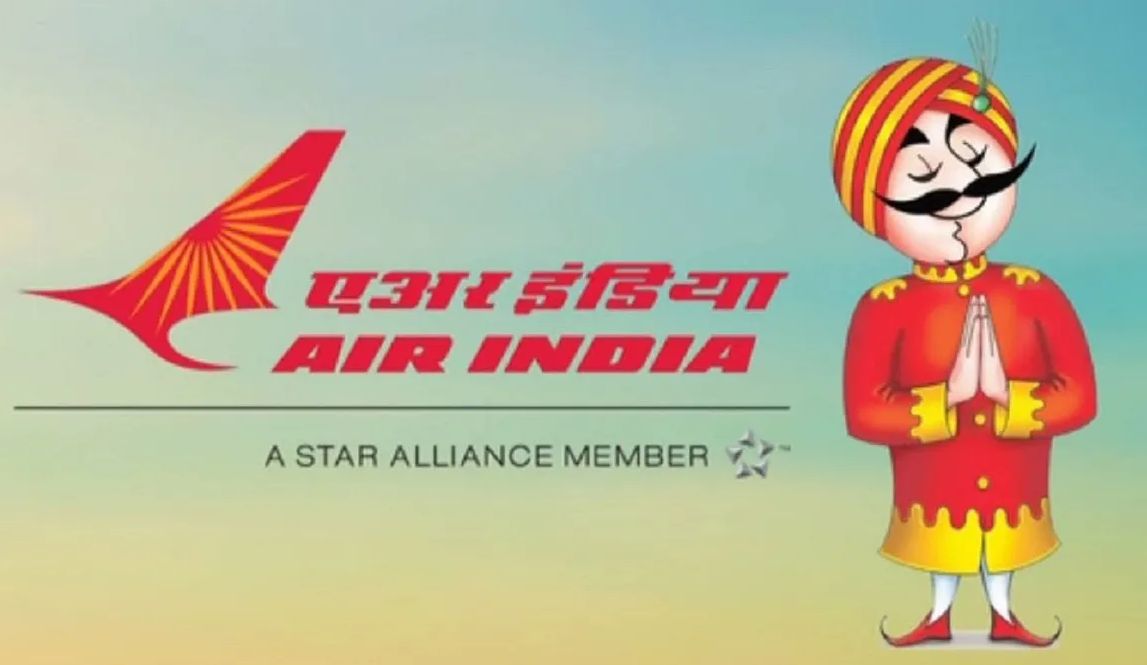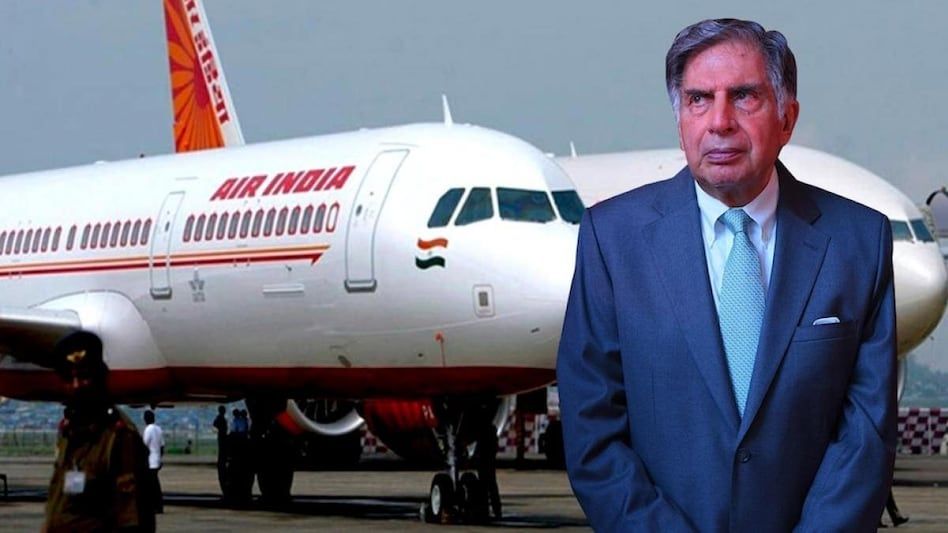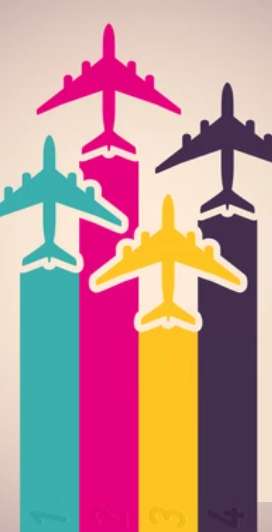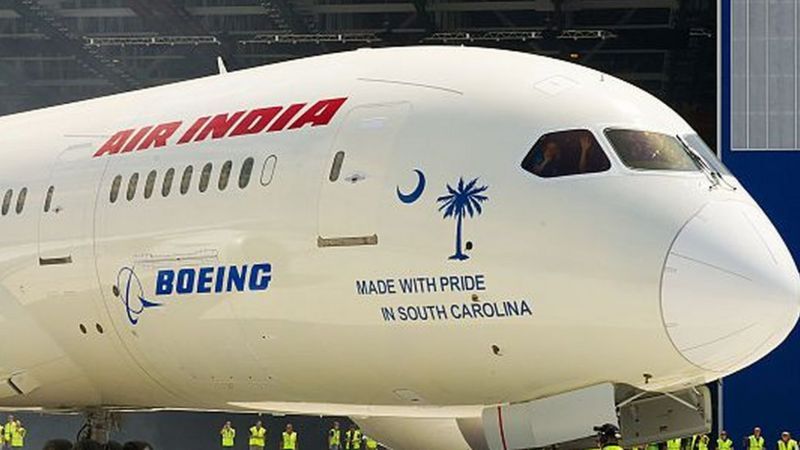Gulf Voice of Aviation
Air India: Can Tata's salt-and-pepper business reverse the fate of loss-making airlines?
India's leading 'Tata Group of Companies' can once again claim that its specialty has once again gone from making salt to flying planes. This is because the 'Maharaja', ie Air India's 'mascot', has officially returned to the Tata Group.
Tata Sons was the highest bidder during the disinvestment bid of India's national airlines, Air India. Tata Sons is now officially taking control of Air India.
Tata Sons is also excited about this acquisition as it was first started by JRD Tata. And in 1953, despite nationalization, Tata Sons managed Air India. Later in the 1970s, when the Janata Party government was formed, it was completely taken over by Tata Sons.
Experts say that even after the acquisition, until 1993, the chairman of Air India was elected from among the officers working in various positions in the institute. But later only senior government officials were appointed to the post and they were replaced as long as they understood the challenges of the civil aviation sector.
In a statement on the acquisition of Air India, Tata Sons Chairman N Chandrasekaran termed it a "historic moment" and said it was a matter of pride to own the country's leading airlines.
Chandrasekaran also said in his statement: "We will strive to run a world-class airline of which every Indian is proud." "The return of the Maharaja will be a real tribute to JRD Tata, who launched aviation in India," he said.

The Maharaja's mascot is considered a good omen by the Tatas
The second largest civil aviation company
Following the acquisition of Air India, Tata Sons now owns three airlines. Air Vistara in which he has a partnership with Singapore Airlines and he has a partnership with Malaysia in Air Asia.In other words, after this acquisition, Tata Sons has become the second largest company in the field of civil aviation in India. At number one is IndiGo Airlines, which has a 57% share of the domestic market. After the acquisition of Air India, Tata Sons will have a 27% market share.
Experts believe that after the acquisition of Air India, Tata Sons will also face major challenges as it is already operating two airlines in India. Speaking to the BBC, Ashwini Padnis, a civil aviation expert and senior journalist, said: 'The biggest challenge is how will they operate the third airline, Air India? Will they be able to provide world class services in Air India?
He says the two airlines currently operated by Tata & Sons have good services.

How will the deficit end?
Ashwini Padnis says the challenge will also be how to close Air India's deficit and turn it into a profitable airline. Referring to government figures, Padness said Air India was facing an average daily loss of Rs 200 million. That is why the government had to decide on disinvestment.
"The government's burden has definitely eased, but now the challenge for Tata Sons is how to use it," he said. How to turn a loss-making airlines around. For this, the group will have to reform the entire structure.
It may be recalled that during the acquisition, the Tata Group also faced government conditions. Explaining the conditions, Rajiv Bansal, Secretary, Ministry of Civil Aviation, Government of India, clarified that the group that acquired Air India could not fire any employee within a year.
Employees will have to be given the option of a voluntary retirement scheme instead of being fired after one year. At the same time, provident fund and gratuity have to be paid. At present, Air India is divided into three parts. One is Air India International which operates foreign flights, the other is Air India which operates domestic flights and the third is Air India Express which operates flights between the Gulf countries and the southern Indian state of Kerala.
According to Bansal, Air India has more than 12,000 employees, of which about 4,000 are on contract and 8,084 are permanent. Air India Express has 1434 'permanent' employees. Therefore, managing employees will also be a challenge for Tata Sons.
Another challenge mentioned by Ashwini Padnis is the management of the fleet. Citing figures, he said that as of March 31 this year, Air India had a fleet of 107 aircraft. These include small and large aircraft, which are modern Airbus and Boeing aircraft. Padness says the modern jumbo jet was added to Air India's fleet in 1971 when management was in Tata's hands.
All the major airlines now lease aircraft instead of buying them because they have to pay a large amount for the purchase while they only have to pay the fare to lease the aircraft.
Whether it's a Boeing 737 used for domestic flights, or an Airbus Dreamliner, they all cost ڈالر 3.5 million a month. Padness says that almost all airlines operate on the same 'model', meaning that they operate chartered planes. By the way, the good thing for the Tata Group is that with the acquisition of Air India, they are getting 1500 trained pilots as well as 2000 engineers. But what will benefit the Tata Group the most is the availability of 'slots' for flights at domestic and international airports.
What is a 'slot'?
Flights at airports are also increasing and so is the number of passengers.
In this case, the airlines have to take slots at every airport so that their
flights can run smoothly. It is also a type of rental space, which costs a lot
of money.
The good thing with Air India is that it currently has 6,200 domestic slots
while it has more than 900 slots at overseas airports.
Pudnis and aviation experts say that these are the 'slots' that there is a kind
of war between the airlines to buy. Citing examples, Padness said Jet Airways
had sold its slot at London Airport to Etihad Airways for several billion
dollars.
Experts say the terms on which Tata Sons have acquired Air India are encouraging
as it has a total burden of Rs 180 billion, of which Rs 150 billion is in debt.
In form and Rs 270 billion are in advance.
"The biggest achievement of Tata Sons is that they have a company like Tata
Consultancy Services, which is one of the foremost IT companies," said Padness.
It is already there with him who will benefit him.

10 Things In Aviation During 2050
Innovative solutions for the climate: halving CO² emissions & reducing aircraft noise
The future of the aviation industry lies in electric flying
Fuel cells and regenerative energies could make flying emission-free
Aviation industry: Future with aviation fuel from biomass & solar power
Freight and passenger numbers will continue to rise despite "flight shame"
The future of aviation - futuristic cabin interiors
Taxis of the skies - already a reality in 2050?
ARTS - We design the future of aviation
center>
